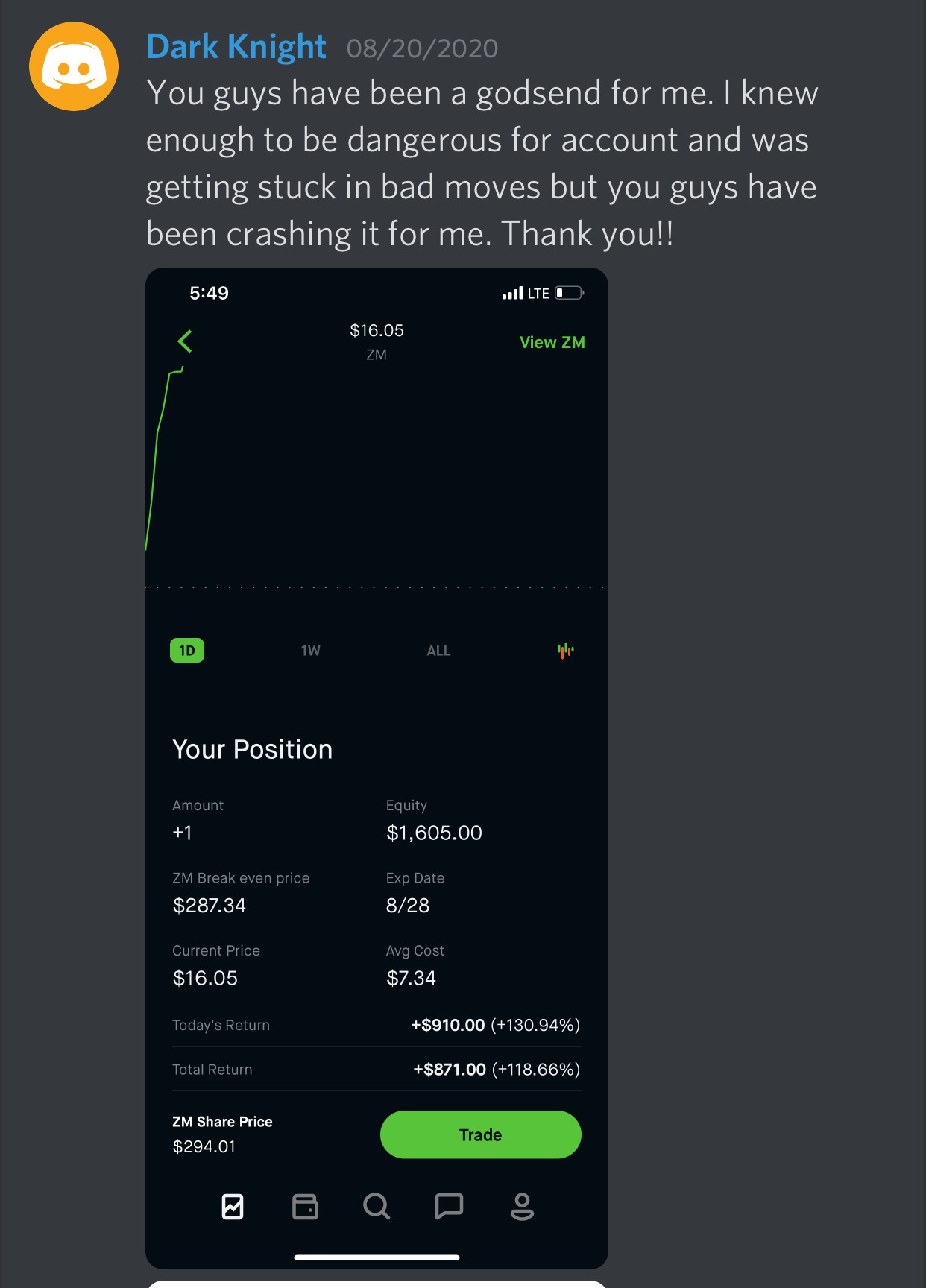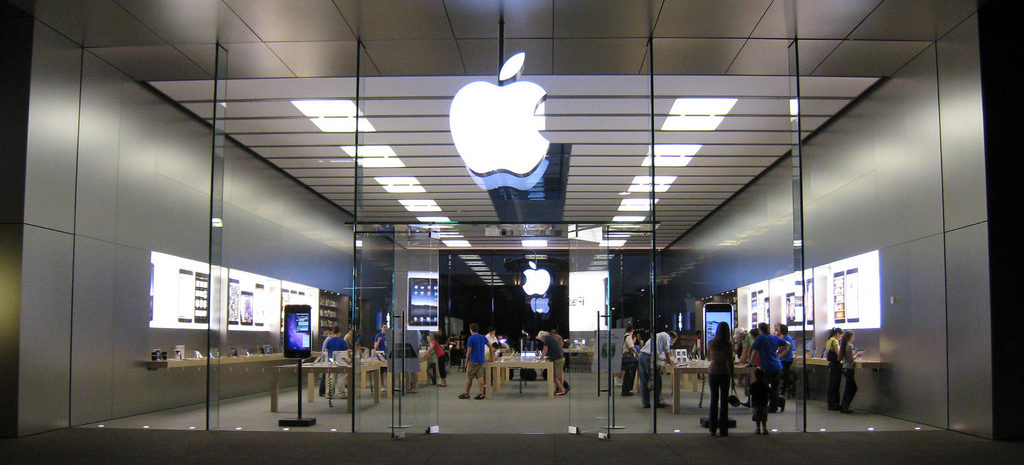
So these models should serve as a point of discussion versus the final word that serves to shut down the conversation. The models are great to not only understand what players are analytically sound and may project well, but also to re-think some of your preconceived notions and maybe go take a 2nd look at the film of a player the models like or dislike a lot more you do.įinally, remember the models are based on performance data - they can't tell if a coach misused a player, had so much talent that a player's skills were hidden, or had no shooters and a player was swarmed on every drive. They are another tool to combine with what we see on film, our intuition, and outside factors. Position Humble: Evaluates each position individually, but also incorporates draft order as an additional variableĪs I caution every year, these models are great for learning, but no credible front office would simply use a model as their draft order. Humble: Adds actual draft order and “mock draft order" (average of ESPN / Ringer / Athletic) as a variable to see if there’s additional wisdom scouts have that is not emerging in the other draft metrics and also to discover what metrics scouts maybe underrating Positional Model: This model evaluates each position separately, which allows the algorithm to "discover" metrics that are very important for say a PG, but not for PF
#Market junkie plus#
No impact stats model: Eliminates variables like Box Score Plus Minus (BPM), Win Shares, and Net Rating - as the impact stats are very predictive, but can hide some of the metrics driving them which are interesting for us to learn

Original model: The base model I’ve always done with all statistics and scouting variables dating back to 2005 Over the years, I’ve expanded the models to include international and G-League prospects as well (though not EYBL or OT Elite yet).īecause there are many ways to approach the problem - I do 5 models every year:

Then they use those metrics to predict how well this year’s prospects will do in their careers and we can see what metrics they used to determine that prediction. They look at everything from basic box score stats, impact metrics (i.e., Box Score Plus Minus), efficiency statistics (i.e., true shooting percentage), scouting variables (do scouts describe a player as “a high feel player”) combine measurements, and more to try to figure out what makes a college player more likely to be successful in the NBA.

In that same time, all 16 Kings first round picks have a combined total of 168.7 career win shares.įor those of you not familiar with how my draft projection models work, the short answer is they let computers do math that would take me years. Actually, since we passed on both Steph Curry and Klay Thompson, the two Warriors now have 168.7 career win shares. The good news is that while our beloved Kings are almost always picking in the lottery, we do have an impeccable record of making the best selection possible. To be fair, by the end, he could only remember the last 15 years. My grandpa always said there are only three things you can depend on – death, taxes, and the Sacramento Kings picking in the lottery.

The following is a reader submission (and annual tradition) from Kings Herald community member SPTSJUNKIE.
#Market junkie upgrade#
Intuitive management, integrated stock search and interactive charts (intraday and longtime) make your life and investment easier.And with the Pro Upgrade you can manage multiple big portfolios, access more informationen and compare charts.Las Vegas, Nevada, USA Gonzaga Bulldogs center Chet Holmgren (34) shoots against Duke Blue Devils forward Paolo Banchero (5) during the second half at T-Mobile Arena.
#Market junkie free#
Market Junkie - Your stock portfolio always up to date*** NOW WITH FREE SYNC SERVICE - SYNC BETWEEN YOUR MACS OR WITH YOUR IPAD ***With Market Junkie you can easily manage you stock portfolio and keep an eye on the market.


 0 kommentar(er)
0 kommentar(er)
